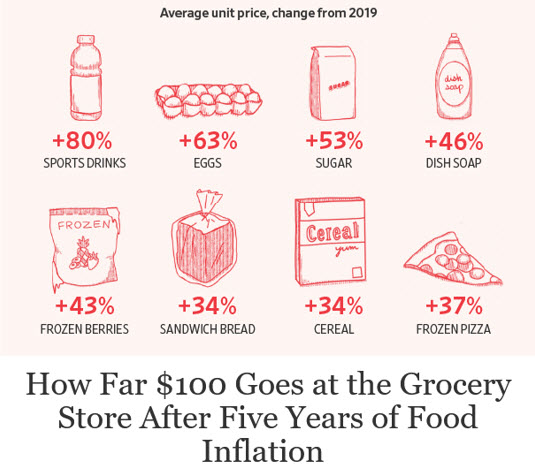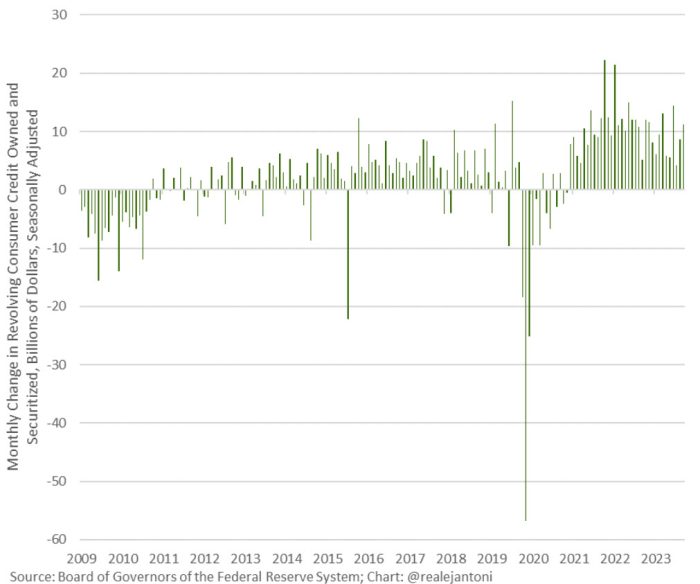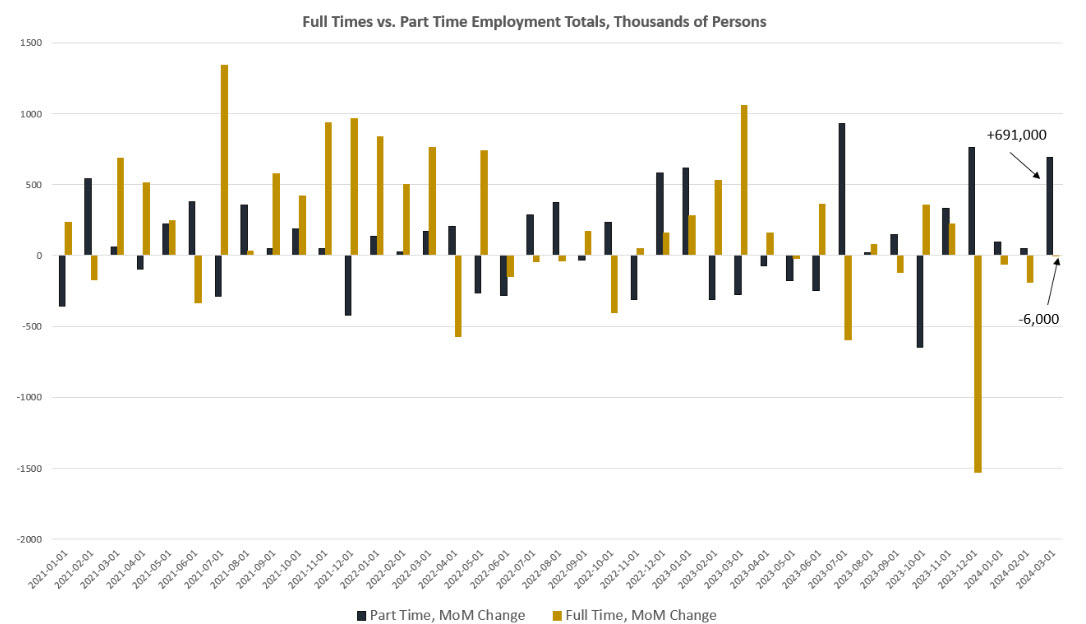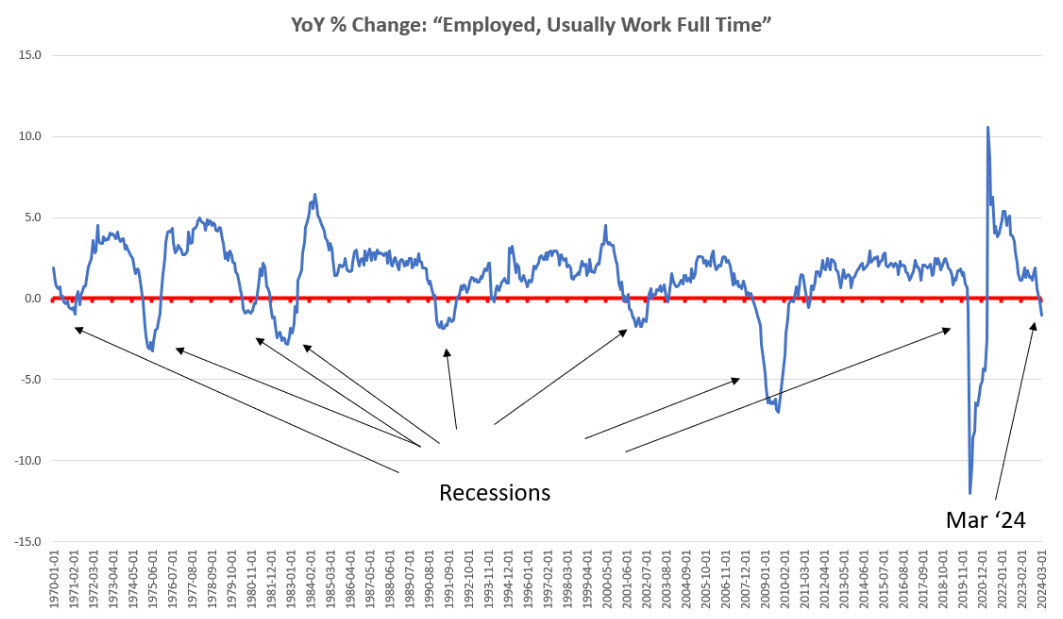
Americans Under Massive Financial Strain – New Report Exposes Horrifying Situation
 Bullion.Directory precious metals analysis 10 April, 2024
Bullion.Directory precious metals analysis 10 April, 2024
By Peter Reagan
Financial Market Strategist at Birch Gold Group
But that’s exactly what the Fed did over two years, after which President Biden picked up the ball in January 2021 and ran with it.
The result has come to be known in the online media as “Bidenomics,” and it hasn’t worked out very well for most Americans. In fact, according to a Redfin survey, people are making major financial sacrifices just to live at a basic level. Economics Research Lead Chen Zhao said:
Housing has become so financially burdensome in America that some families can no longer afford other essentials, including food and medical care, and have been forced to make major sacrifices, work overtime and ask others for money so they can cover their monthly costs.
Even worse, some Americans have resorted to skipping meals just to afford their overly-inflated mortgage payments:
Nearly one in five homeowners and renters reported skipping meals to afford housing in Biden’s economy, according to a new survey conducted by Redfin. The median asking rental price increased from less than $1,700 when Biden took office in January 2021 to nearly $2,000 as of February, according to Redfin’s data.
But it’s not just housing prices and mortgage payments that have apparently inflated out of control under the Biden administration.
Food prices have gone crazy since 2019
Grocery prices have become a heavy financial burden for many families, with prices overall rising over 40%.
Some items cost 50-80% more today than four years ago:

Image via Leading Source
Note: The headline of the story above is misleading. “Food inflation” would mean that food gets bigger. “Food price inflation” is what they’re really talking about. I doubt this article is trying to trick anyone with a New York Times-style inflation con, but words are important! The food did not inflate; food prices went up because the money supply inflated.
Think about this the next time you hear a talking head cheer because “Inflation is only 3.5% now!”
(Which by the way, is still hotter than any annual inflation rate since 2011, and heading in the wrong direction again.)
But what those same talking heads fail to acknowledge are the real-world impacts of rising costs of living on the average family, only some of which are revealed above.
That’s probably the main reason why people call inflation “the tax no one votes for.”
On top of that, to make ends meet under enormous inflationary pressure for the last three years, Americans continue racking up credit card debt. In fact, since Biden took office, we’ve been swiping plastic at a dangerous pace:

Chart via E.J. Antoni on X
In response to what has become a persistently burdensome trend of inflation for most of the country, Biden’s administration has repeatedly focused on two data points:
- A “low” unemployment rate (3.7%).
- A “strong” trend of job growth.
But it doesn’t take a degree in economics to challenge them both…
Not all jobs are created equal
The White House and the corporate media are all over the strongest labor market in the last 60 years. So let’s take a peek under the hood…
Since August 2023, total part-time jobs grew 1.4 million. During the same period, full-time jobs fell by more than 1.3 million.
You can see this first point playing itself out on the bar graph below (gold bars are full-time jobs, and black bars are part-time jobs):

via Ryan McMaken at Mises Institute
Do you see a trend? It looks an awful lot like full-time jobs are being replaced by part-time jobs over the last 8-9 months.
No wonder people are skipping meals to make their mortgage payments!
Turns out that, historically speaking over the last 50 years, two (or more) consecutive months of declining full-time jobs means recession is either imminent or already underway.
Eight recessions, 100% accuracy…
See for yourself:

via Ryan McMaken at Mises Institute
The information on the graph above means that if history repeats itself like it has for the last 50 years, a recession is just around the corner.
This is called the Sahm Rule, and it’s been a reliable recession indicator for the last five decades.
That also means if you’re feeling that “things aren’t quite right” with the current state of the economy, then you’re probably right to trust your gut.
How to recession-proof your savings
Inflation is one of the biggest threats to your standard of living – especially if you’ve invested in assets underperforming inflation (savings accounts, for example).
Inflation-resistant assets are a good place to shelter your hard-earned savings.
One of those assets is physical precious metals.
Gold and silver have historically provided protection against both the corrosive effects of inflation and economic crisis.
In fact, the price of gold has soared more than 25% since October of last year (as of April 10th, 2024).
You can get the rest of the story about the advantages of diversifying with precious metals like gold and silver by ordering our free Gold Investor Kit today.
Peter Reagan

Peter Reagan is a financial market strategist at Birch Gold Group, one of America’s leading precious metals dealers, specializing in providing gold IRAs and retirement-focused precious metals portfolios.
Peter’s in-depth analysis and commentary is published across major investment portals, news channels, popular US conservative websites and most frequently on Birch Gold Group’s own website.
This article was originally published here












 Material provided on the Bullion.Directory website is strictly for informational purposes only. The content is developed from sources believed to be providing accurate information. No information on this website is intended as investment, tax or legal advice and must not be relied upon as such. Please consult legal or tax professionals for specific information regarding your individual situation. Precious metals carry risk and investors requiring advice should always consult a properly qualified advisor. Bullion.Directory, it's staff or affiliates do not accept any liability for loss, damages, or loss of profit resulting from readers investment decisions.
Material provided on the Bullion.Directory website is strictly for informational purposes only. The content is developed from sources believed to be providing accurate information. No information on this website is intended as investment, tax or legal advice and must not be relied upon as such. Please consult legal or tax professionals for specific information regarding your individual situation. Precious metals carry risk and investors requiring advice should always consult a properly qualified advisor. Bullion.Directory, it's staff or affiliates do not accept any liability for loss, damages, or loss of profit resulting from readers investment decisions.

Leave a Reply